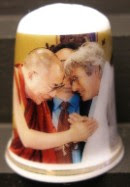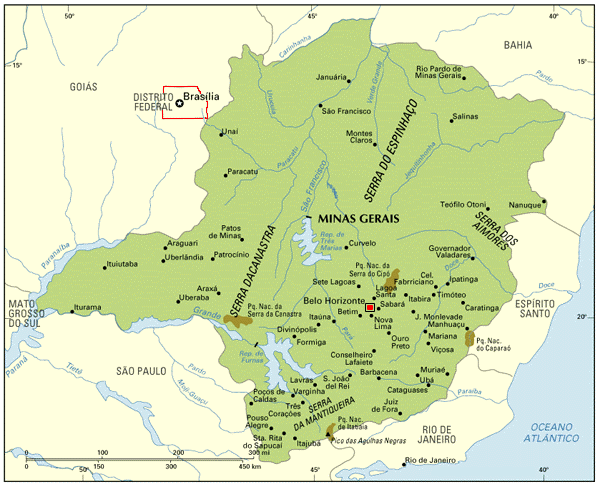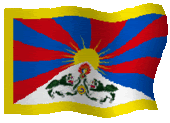
Em tibetano: "Chagdud Gonpa Odsal Ling - Bandeiras de Oração - Pema Sonam 2008"
Incensos consagrados por lamas tibetanos criam um vasto campo de energia positiva. Atraem boa fortuna, felicidade, proteção e bem estar. Aliviam a tensão da mente e do ambiente. Seu aroma é suave e agradável. É um suporte perfeito para meditações e é testado e aprovado como auxiliares eficazes no tratamento de alergias respiratórias. Contem pó abençoado em retiro nos quais mestres e praticantes budistas recitam mantras de purificação extensivamente. Atraem energias positivas para nossos empreendimentos e aspirações. São oferecidos em memória de pessoas falecidas, seres celestiais e divindades protetoras. São uma oferenda altamente eficaz para pacificar energias muito negativas. Os incensos tibetanos são maciços, sem varetas, o que resulta num longo tempo de queima e contém, como oferenda, mais de duzentos ingredientes como leite, manteiga, mel, melado, farinha, açúcares, flores, cereais, substâncias medicinais. Eles vem do Butão, Nepal e Tibet.
As bandeiras sagradas também passam por um ritual de purificação onde são removidas as impurezas geradas na sua produção. A seguir, são energizadas por mestes tibetanos com as bênçãos dos seres iluminados. Isto as torna sagradas e devem ser manipuladas com cuidado e respeito, evitando pisar sobre elas, passar por cima ou descartá-las em lixo comum. Tradicionalmente as bandeiras são erguidas ao vento e mantidas por um ano e então substituidas por novas. As bandeiras, assim como todo material budistas a ser descartado, devem ser queimadas. De acordo com a astrologia budista, há dias propícios para se erguer as bandeiras. No entanto, é muito comum vê-las se esfarrapando ao vento e às neves "eternas" dos Himalayas.
Fonte: http://www.guessar.com.br/
























